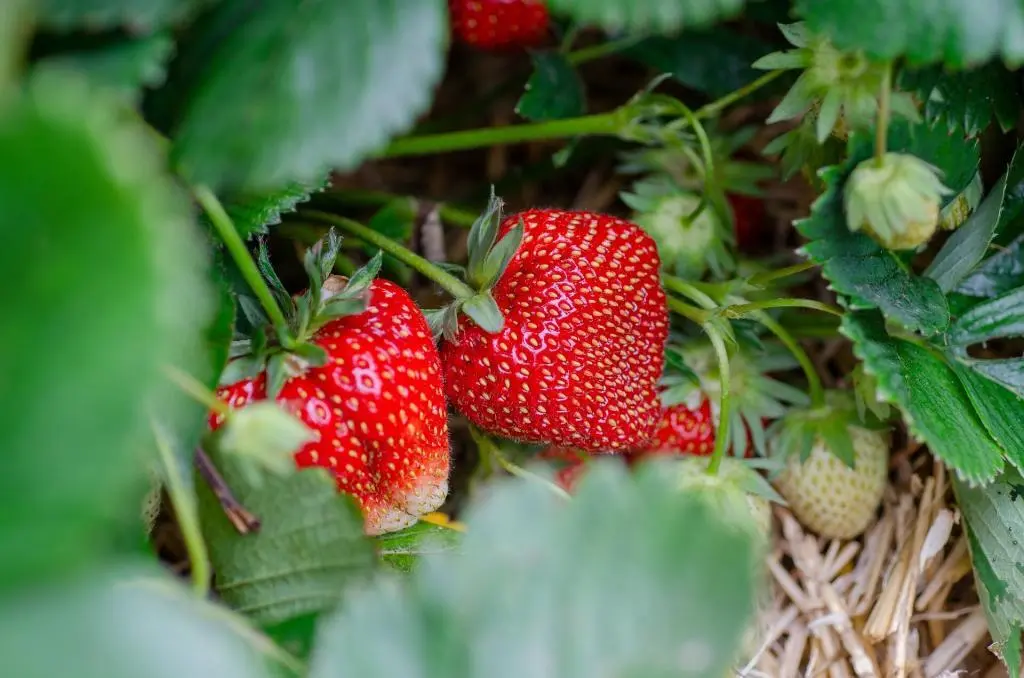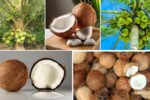Sweet, juicy, and irresistibly fragrant — strawberries have captured the hearts (and palates) of people worldwide. This bright red berry isn’t just a favorite in desserts, smoothies, and fruit salads; it’s also a globally significant agricultural crop cultivated across temperate and subtropical regions.
But which countries lead the world in growing this popular fruit? In this detailed guide, we’ll uncover the Top 5 Strawberry Producing Countries in the World, learn why these nations dominate the market, explore their production strengths, and discover what makes their strawberries unique.
Let’s dive in!
Global Strawberry Production: A Quick Look

Strawberries are grown on every continent except Antarctica, thriving in mild to warm climates. Global demand continues to rise, driven by health trends, culinary creativity, and year-round consumer availability. In 2023, total global strawberry production surpassed 9 million metric tons, and these five countries contributed more than 70% of the supply.
Top 5 Strawberry Producing Countries (2023 Estimates)
| Rank | Country | Annual Production (Metric Tons) |
|---|---|---|
| 1 | China | 3,200,000+ |
| 2 | United States | 1,050,000+ |
| 3 | Mexico | 715,000+ |
| 4 | Turkey | 550,000+ |
| 5 | Spain | 350,000+ |
1. China — The World’s Leading Strawberry Producer
China stands tall as the largest strawberry-producing country in the world, responsible for over 3.2 million metric tons annually. That’s more than one-third of global production.
Major Producing Regions:
- Shandong Province
- Hebei Province
- Zhejiang
- Beijing suburbs
Why China Leads:
- Year-Round Greenhouse Cultivation: Extensive greenhouse farming ensures continuous supply.
- Diverse Climates: Favorable weather in multiple regions supports strawberry farming from north to south.
- High Domestic Demand: With a population of over 1.4 billion, strawberries are highly prized for their sweetness and as luxury fruits during festive occasions.
- Government-Supported Agriculture: Programs promoting modern farming techniques and export potential.
Popular Uses:
In China, strawberries are popular in fresh markets, as luxury gift items, in desserts, and increasingly in juices, yogurts, and specialty teas.
2. United States — Innovation Leader in Strawberry Cultivation

A country almost synonymous with strawberries, the United States produces around 1.05 million metric tons of strawberries annually. Though now second in volume, it remains a global trendsetter in quality, varietal innovation, and large-scale exports.
Key Producing States:
- California (over 90% of U.S. output)
- Florida
- Oregon
- Washington
What Sets the U.S. Apart:
- State-of-the-Art Agriculture: Precision irrigation, advanced breeding programs, and efficient harvesting techniques.
- Year-Round Supply: California’s climate enables near-continuous production, while Florida fills winter market gaps.
- Superior Varieties: U.S. strawberries are known for their large size, deep color, sweetness, and firmness — ideal for both domestic and export markets.
Major Exports:
The U.S. exports fresh strawberries primarily to Canada, Mexico, Japan, and the Middle East, with growing markets in Southeast Asia.
3. Mexico — Strawberry Export Powerhouse

Mexico ranks third globally, producing over 715,000 metric tons annually and serving as a major supplier to North American markets.
Key Producing Areas:
- Michoacán
- Guanajuato
- Baja California
Mexico’s Competitive Advantages:
- Mild Winter Climate: Supports strawberry production during North America’s off-season.
- Strategic Location: Close proximity to the U.S. border ensures quick transportation and freshness.
- Affordability and Labor Availability: Enables intensive, large-scale farming at competitive prices.
Export Highlights:
Mexico is the largest exporter of strawberries to the United States, especially during late fall and winter months when California’s output slows.
4. Turkey — Europe and Middle East Supplier

Turkey holds the fourth position globally with around 550,000 metric tons of strawberries produced each year.
Leading Strawberry Regions:
- Aydın
- Antalya
- Mersin
- Bursa
Strengths of Turkey’s Strawberry Industry:
- Ideal Climate: Mild Mediterranean weather enables early-season harvests.
- Modern Greenhouses: Widespread use of greenhouses and tunnel systems improves crop protection and yield.
- High-Quality Local Varieties: Known for their intense aroma, natural sweetness, and deep red color.
Exports:
Turkey serves both European and Middle Eastern markets, with strawberries reaching Germany, Russia, the Gulf countries, and other regional neighbors.
5. Spain — Europe’s Top Strawberry Exporter
Spain rounds out the Top 5 list with approximately 350,000 metric tons of strawberries annually.
Key Growing Areas:
- Huelva (Andalusia region) — responsible for nearly 90% of Spain’s output.
Spain’s Strawberry Edge:
- Early Harvest Season: Thanks to its warm southern climate, Spain delivers fresh strawberries to European markets earlier than most producers.
- Modern Agriculture: Intensive use of greenhouse technology, hydroponic systems, and integrated pest management.
- Export Focused: Around 80% of Spain’s production is exported, primarily to Germany, France, the United Kingdom, and other EU nations.
Global Trade and Future Outlook

These top five countries account for the majority of the world’s strawberry production and exports. As consumer demand continues to grow for fresh, flavorful, and healthful berries, these nations are:
- Investing in climate-resilient strawberry varieties
- Expanding greenhouse farming
- Enhancing cold chain logistics for better quality exports
- Promoting organic and pesticide-free options
Countries like Egypt, Poland, and Morocco are also emerging as noteworthy producers and exporters, especially for European markets.
Why Are Strawberries So Popular?
Strawberries are favored not just for their taste, but also for their health benefits:
- High in vitamin C
- Packed with antioxidants
- Low in calories
- Good source of dietary fiber
- Associated with heart health, skin benefits, and anti-inflammatory properties
These qualities, combined with their versatility in cuisines worldwide, have helped strawberries maintain their status as one of the most consumed fruits globally.
Conclusion
The world’s top strawberry-producing countries — China, the United States, Mexico, Turkey, and Spain — together shape global strawberry supply and trade.
While China dominates in volume, the U.S. leads in quality, innovation, and exports. Mexico’s strategic location and affordable production make it indispensable to North American markets, while Turkey and Spain meet Europe and the Middle East’s growing demand for fresh, premium strawberries.
As global strawberry consumption continues to rise, these nations are investing in better technology, climate-smart agriculture, and year-round supply chains — ensuring strawberries remain a beloved fruit on tables worldwide.





